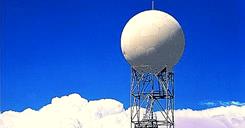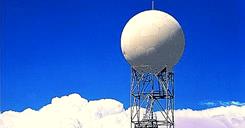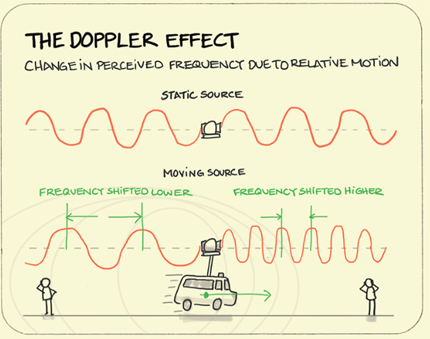





Disclaimer: Copyright infringement not intended.
Context
Decoding Doppler Effect

Doppler Radars in India
https://www.pib.gov.in/PressReleasePage.aspx?PRID=1891433






© 2025 iasgyan. All right reserved